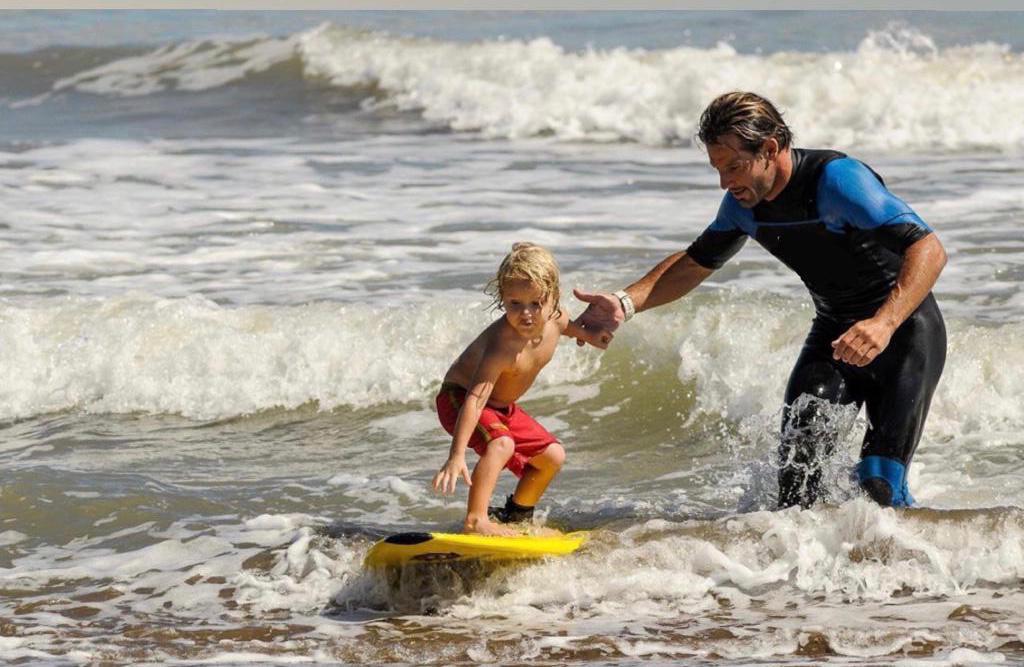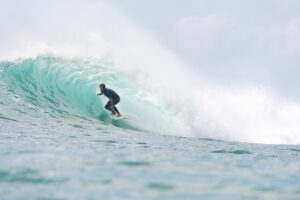How To Teach Your Child To Surf

Surfing is not only a fun activity, but it can also be a great way for children to develop important physical and mental skills. However, teaching a child to surf can be a difficult task that requires patience, safety precautions, and a solid understanding of the basics. In this guide, we’ll explore some tips and strategies for teaching your child to surf and fostering a love of the ocean that can last a lifetime.
Start with Safety: Essential Equipment and Precautions
Before hitting the waves, it’s important to make sure your child has the right equipment and that you’ve taken the proper safety precautions. The essential equipment for surfing children includes a wetsuit, a surfboard appropriate to their size and weight, a leash and sun protection. Also make sure your child is comfortable swimming in the ocean and understands basic safety rules, such as spotting and avoiding rip currents.
Get familiar with the waves and surroundings
Surfing is not only about riding the waves, but also about getting to know the ocean and its surroundings. Take your time to introduce him to the waves and explain how they are formed, how to identify the different types of waves, and how to paddle and position yourself on the board. Also, it is important to teach your child to respect the ocean and its inhabitants, for example, by not littering and by avoiding disturbing marine life.
Practice on land before hitting the waves
Before your child gets into the water, it may help to practice some basic surfing techniques on land. This can include practicing getting on the board, keeping your balance, and paddling. Practicing these skills can help your child feel more comfortable and confident once he’s in the water.
Start with small waves and gradually increase the difficulty
When teaching your child to surf, it’s important to start with small waves and gradually increase the difficulty as they gain more skill and confidence. This can help avoid frustration and injury while building a strong foundation of skills. You should also consider the weather and tidal conditions when selecting waves to surf, as strong currents and large waves can pose safety risks.
Encourage and praise your child’s progress
Learning to surf can be a challenging and rewarding experience, and it’s important to encourage and praise your child’s progress along the way. Celebrate even small achievements, like standing up on the board or catching a small wave, and help your child set realistic goals for improvement.
Conclusion: Fostering a lifelong love of surfing
Teaching your child to surf can be a fun and rewarding experience for both you and him. By prioritizing safety, spending time understanding the environment, practicing on land, and gradually increasing the difficulty, you can help your child develop important skills and a lifelong love of waves. Remember to always encourage and support your child, and have fun together as you explore the beauty and excitement of surfing.





